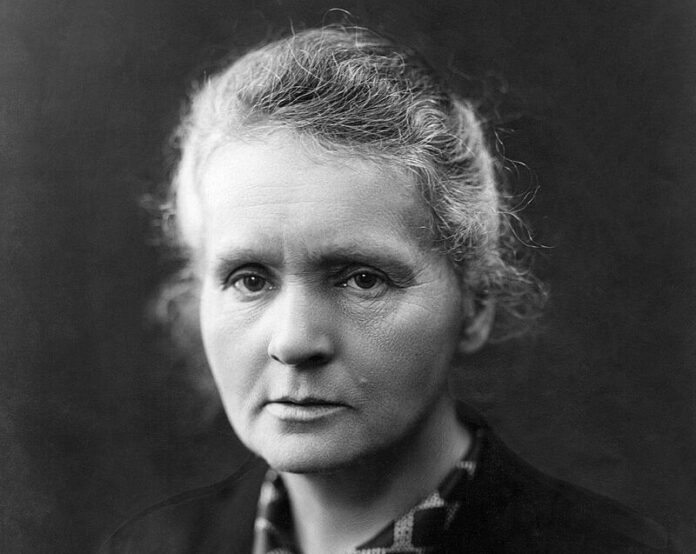The Nobel Prize is considered the biggest honor an individual can receive in the fields of Physics, Chemistry, Physiology or Medicine, Literature, Economics, and Peace. Since 1901, 965 individuals received a Nobel Prize for showing excellence in their work, but only five people received it more than once.
Marie Curie
Marie Curie was the pioneer of research on radioactivity and one of the brightest scientists in the history of humankind. She received her first Nobel Prize in 1903 in the field of Physics alongside her husband Pierre Curie and French physicist Henri Becquerel for their “joint researches on the radiation phenomena”. Curie was the first woman to receive the Nobel Prize at the time. Her second Nobel Prize came in 1911 in the field of Chemistry for the discovery of the elements radium and polonium.
Linus Pauling
American chemist and peace activist Linus Pauling received the Nobel Prize for Chemistry in 1954 for his research “into the nature of the chemical bond and its application to the elucidation of the structure of complex substances. In 1962, he won the Nobel Peace Prize for his “opposition to weapons of mass destruction”.
John Bardeen
Physicist and electrical engineer John Bardeen won the Nobel Prize in Physic twice. Bardeen was first awarded the Nobel Prize in 1956, sharing it with William Shockley, for “researches on semiconductors and their discovery of the transistor effect”. He received his second Nobel Prize in 1972 for developing the theory of superconductivity alongside Leon N Cooper and John Robert Schrieffer.
Frederick Sanger
Biochemist Frederick Sanger won the Nobel Prize in Chemistry in 1958 and 1980. His first Nobel Prize came for his work “on the structure of the insulin molecule” and the second for “determining the base sequence of nucleic acids”.
Karl Barry Sharpless
Stereochemist Karl Barry Sharpless received a Nobel Prize in Chemistry in 2001 for his work on “chirally catalyzed oxidation reactions”. In 2022, he received the same honor again, this time for his work on the discovery of click chemistry.

